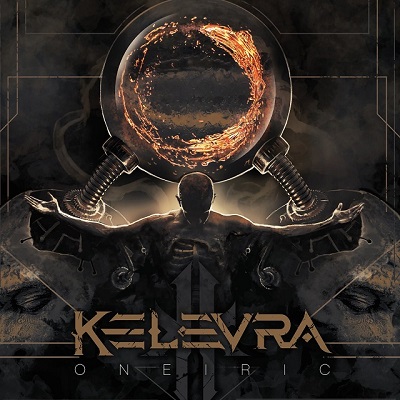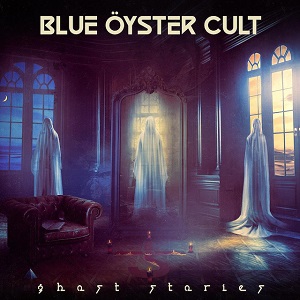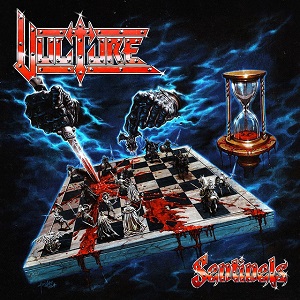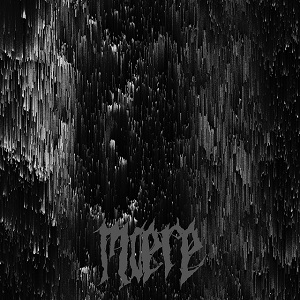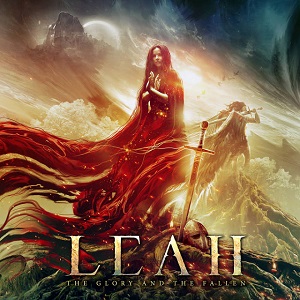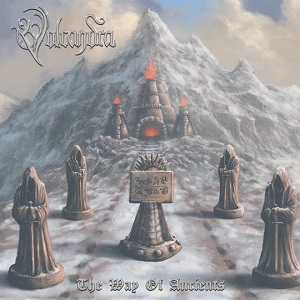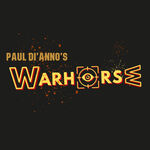PAUL GILBERT – “That’s The Thing With Some Of The Metal Stuff, It Just Got Dreary”
June 22, 2016, 7 years ago
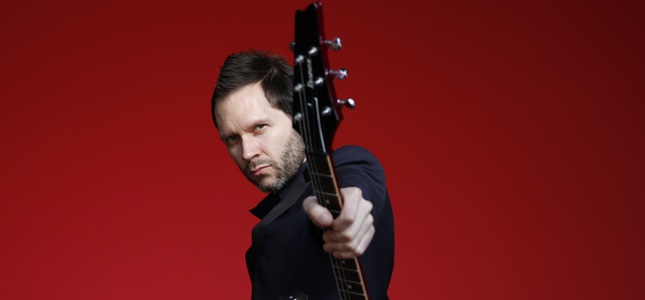
Gotta admire Paul Gilbert, for starters, just for helming Mr. Big, who just get better with the advancing years, case in point being 2011’s “Undertow,” one of the towering hard rock masterpieces of the ‘00s thus far and on a rock-solid record to boot. But then there’s the long solo career, where he’s been mixing it up with characteristic wisecracking verve, instrumentals, vocals, covers... the guy loves his musical heroes and ain’t scared to show it.
Now Paul’s back with what is probably the most universally user-friendly record of his solo career, I Can Destroy being a classic rock ‘n’ blues vocals album, shredly occasionally, acoustic (tongue in cheek? not sure!), but generally, well... spare and simple.
“Ha, simple for you! I had to try hard,” laughs Gilbert, objecting but game to run with the concept. “Well, I don’t know if simple is too simple of a word, but what I’m going for here is when you walk away from it and can remember the tune. Rather than trying to throw people off the metaphorical horse, I want to give them a nice ride. I want them to have some sort of comfort in that.”
“It’s a record that really began with a lot of lyric writing,” continues Paul. “I was sort of stuck in a van. I was doing a tour in Italy, and it was a good place to just sit and think and come up with lyrics and write them down. And at the end of it, I came home saying, man, I’ve got so many lyrics, let me put some music to this. That was really the spark of a lot of it. And it’s not that lyrics are the most important thing, but you gotta start somewhere. And lyrics are a really nice place to start, because it gives you a lot of rhythmic ideas. When you’re singing a line, the lyrics tend to steer you in a certain rhythmic direction. Once you’ve got the rhythm, you can develop melodic ideas, and then it rolls easily from there. So the one song on the record that didn’t start that way is “I Can Destroy,” the title track, which is much more of a guitar line. And, you know, fortunately, I was able to finish that, put it together into a satisfying tune. But for me it’s much easier to start with the words.”
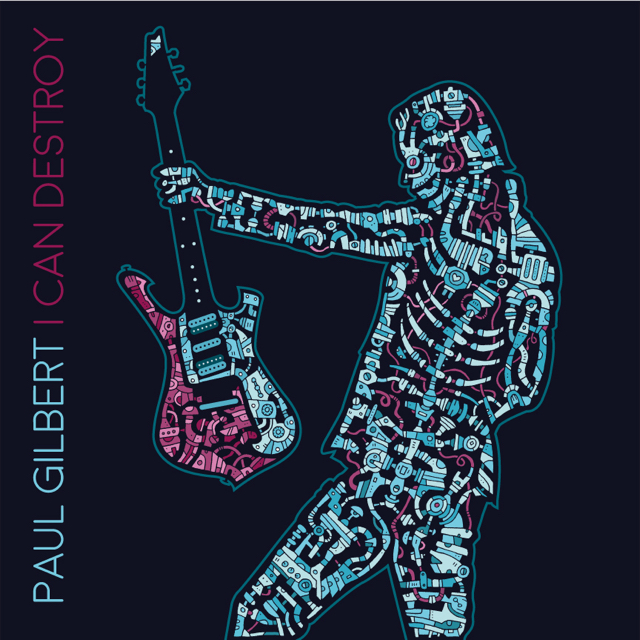
And of course “I Can Destroy” became the title track—why that title?
“Well that was inspired by being a new dad. I waited a long time to have kids, and I’ve got one boy now, and at the time when I wrote that song, he was not quite a year old. And, you know, anything that he would pick up, he would mash it and crush it and eat it and tear it apart. And I’m looking at him, and I thought, he’s not doing this because he’s angry or because he’s malevolent. He’s doing it because he’s trying to find out what the world is. This is all just research to him. He’s trying to find out, what is a cup, what does it do? Is it soft, is it hard? And one of the ways to do that is to crush the thing up. And my mind is always stretching for metaphors, so I started thinking of CERN, which is the big atom-smashing machine in Switzerland, where the top physicists of the world are smashing atoms together to figure out what they’re made of. And certainly, the physicists at CERN are doing much deeper work than my boy is smashing up a cup, but in a way it’s the same principle. You could apply that to music as well. There are chord progressions I did on this album where I pick out a chord that really is... it sort of destroys the flow, and I do it on purpose, to catch people’s ear. Musically, you can use destruction as a tool as well.”
And humour (check out 2006’s Get Out of My Yard), which continues here on songs like “Blues Just Saving My Life” and “Everybody Use Your Goddamn Turn Signal.”
“Well, it’s not really something that I sit and go, okay, here’s a song, it’s time to put the funny parts in now,” defends Paul. “It’s not even that I want to be funny—it’s more that I don’t want to be boring. I’m just trying to find a way to be interesting. Not only for the people who hear it but for myself. And I’m trying to be interested. And so some of the things that interest me are contrast, taking two things that you wouldn’t think would work together and somehow putting that together. And an example of that would be the opening track, ‘Everybody Use Your Goddamn Turn Signal,’ where I picked the word ‘goddamn,’ which is a pretty strong word, and I sing it with these really, what I think are beautiful, almost gospel-style harmonies. And I extend the word and really emphasize it. And you just don’t expect to hear the word ‘goddamn’ sung that way. It’s an angry word, but it’s not sung with anger; it’s sung with beauty. And so that contrast keeps me interested. That to me is interesting. And that can be funny sometimes, because again, it’s a contrast. A lot of lyrics are more poetic and metaphorical and not saying things outright, but I enjoy saying things outright. That’s just part of the way I think. And rather than beat myself up because I’m not writing typical rock lyrics, I think, hey, it’s me, this is my solo album, this is a situation where it’s okay to be me.”
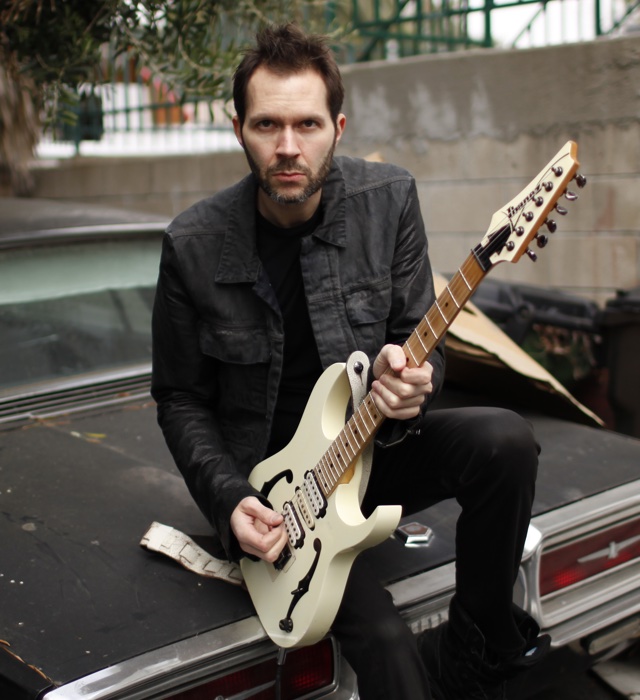
Although Paul sings most of the album, he’s augmented in spots, and there’s a reason.
“I knew when I was going to work with Kevin Shirley, the producer, I’d better get some help (laughs), because Kevin really loves to track live, and doesn’t really tolerate much fixing or overdubbing. I think that’s good; I think that’s healthy. But it means I also have to have my act together, and in order to do that, I put together the best band I possibly could. So I got two other... the two guys that not only play guitar, but also sing really well. And that allowed me to have a lot of great harmonies in some places, like where the bridge is too high for my voice, they could come in and sing it. So Tony Spinner is one of the guys, and Freddie Nelson is the other guy, that is playing guitar and singing. And we’ve got Kevin Chown on bass and Thomas Lang on drums. But I’m still singing most of it. It is my solo record, so I’m hogging the spotlight most of the time. But those harmonies, Tony and Freddie are really helping me out. Tony sings a lot of the bridges, and Freddie is singing the first verse of ‘Gonna Make You Love Me;’ that’s his tune. Absolutely, I’m thankful for them—nothing but gratitude for those guys, in helping me sound so good.”
Underscoring Paul’s refreshing lack of shred icon snobbishness, the bonus track to the record is a cover of Ted Nugent’s Amboy Dukes-era “Great White Buffalo.” I asked him, having hell reign down upon me for writing a Ted Nugent book, has he gotten any backlash?
“No, but I welcome it (laughs), because... I’m not really Ted Nugent expert; you know, in the modern sense. The Ted Nugent I know is the Ted Nugent from 1977. I grew up on that stuff. The first song I ever played in front of an audience was ‘Cat Scratch Fever,’ and I listened to Double Live Gonzo! all the time, and Free for All, so that’s the Ted I know. And once in a while, if I see a little clip of Ted now... but the thing I love about Ted to this day is, he’s optimistic, he’s funny and he’s having a good time. And in the world of politics, where he upsets other people, I don’t know anybody who’s optimistic and funny like he is. And regardless of whether he’s right or wrong, optimism and a good sense of humour go a long way for me. And to me, the more people that have that, that just brings a real positive thing, you know. But the guns, I’m scared to death of guns. If you get into the actual meanings of stuff, if you write it down and you siphon out the humour and the optimism, then you might have something else. But he’s a person that inspires optimism and humour; those can be really positive things. And a lot of times they’re missing, certainly in politics.”
“And even in rock ‘n’ roll,” notes Paul, in closing. “That’s the thing with some of the metal stuff, is it just got dreary. And I was always attracted... the thing I liked about Eddie Van Halen so much, he had a big smile on his face and was having a great time. And in the’ 90s, when dreariness became the trend... certainly, there’s room for every mood in music—there’s no rules about what music should or can’t do. But just for my own taste, I like stuff that cheers me up and makes me want to go out there and do my best and puts a smile on my face.”
(Photo credit: James Chiang)

